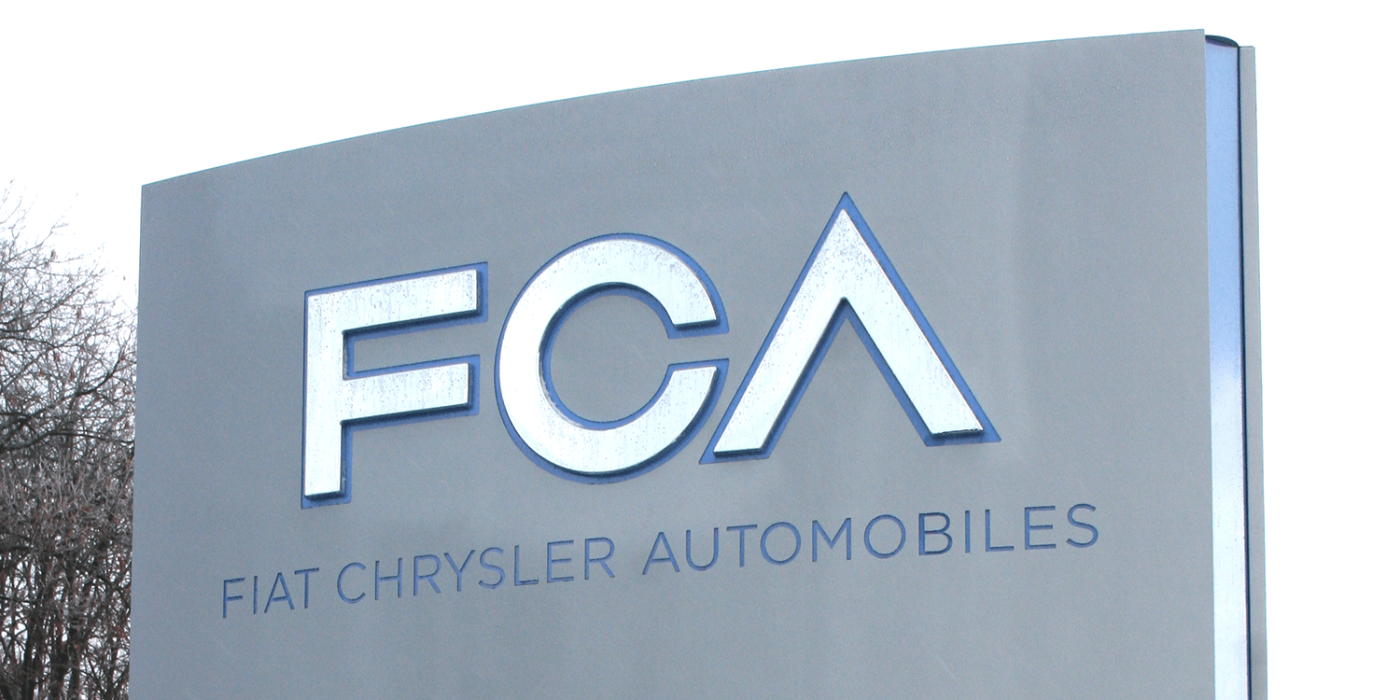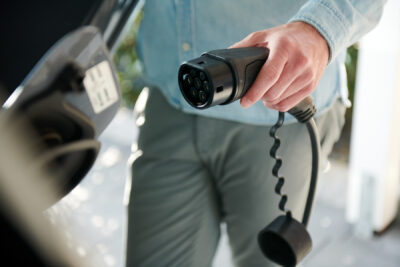FCA and Engie begin V2G pilot project in Turin
Fiat Chrysler Automobiles (FCA) has launched a joint Vehicle-to-Grid project with Engie EPS at its Mirafiori plant in Turin. In the first phase, 64 bidirectional charging points will be installed, which will grow to include capacity for over 700 electric vehicles in the final stage.
The project complements an agreement FCA signed with the Italian utility Terna in September 2019. Phase 1 of the construction work for the V2G project has now started at the Drosso logistics centre within the Mirafiori complex. It covers an area of around 3,000 square meters with already excavated trenches over a length of 450 meters, in which more than ten kilometres of cable will eventually be laid. The plan is to install 64 two-way fast-charging stations, each with a capacity of up to 50 kW.
The centralised infrastructure and control system will provide the charging function for electric vehicles as well as Vehicle-to-Grid technology network services. The system was designed, patented and built by Engie EPS. Phase 1 of the project will initially install 32 V2G columns for up to 64 electric vehicles. Completion is scheduled for July 2020.
By the end of 2021, the infrastructure will be expanded to include up to 700 electric vehicles. In its final configuration, the system is designed to provide a regulation capacity of up to 25 megawatts. Together with the 5-megawatt solar plant on the site, the V2G infrastructure is to be upgraded to a virtual power plant. In its press release, FCA states that when completed, the plant will be “the largest of its kind in the world”.
According to Roberto Di Stefano, Head of EMEA E-Mobility, FCA’s primary goal with the project is to gain experience in order to work on a proposal to create value in the energy markets. “On average, cars remain unused for 80-90 per cent of the day. During this long period, if connected to the grid by Vehicle-to-Grid technology, customers can, therefore, receive money or free energy in exchange for the balancing service offered, without compromising their mobility needs in any way.”





0 Comments